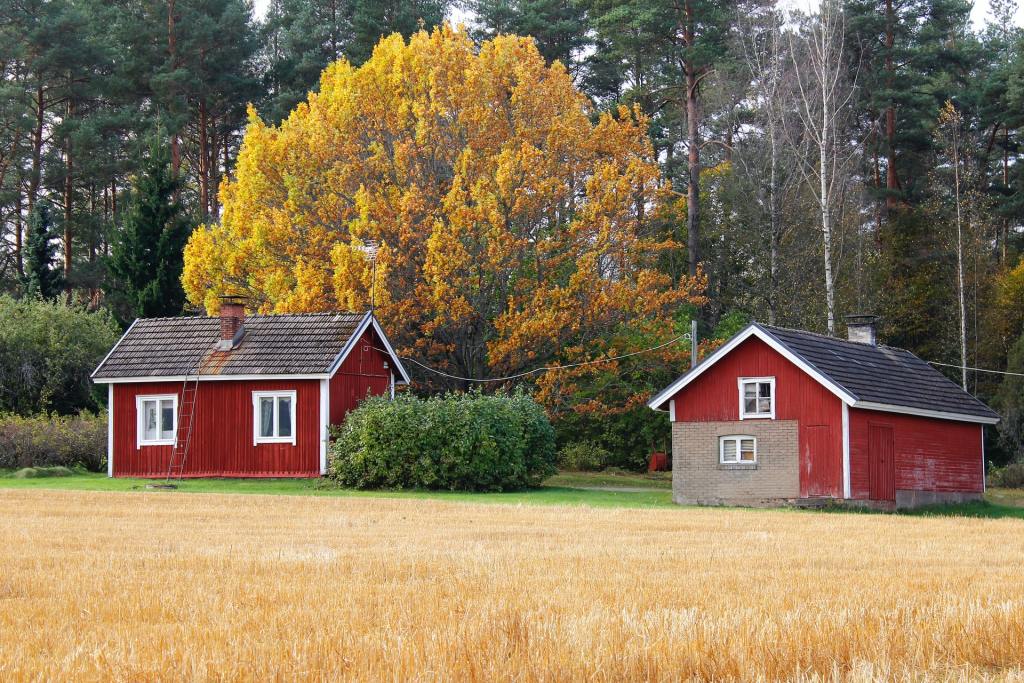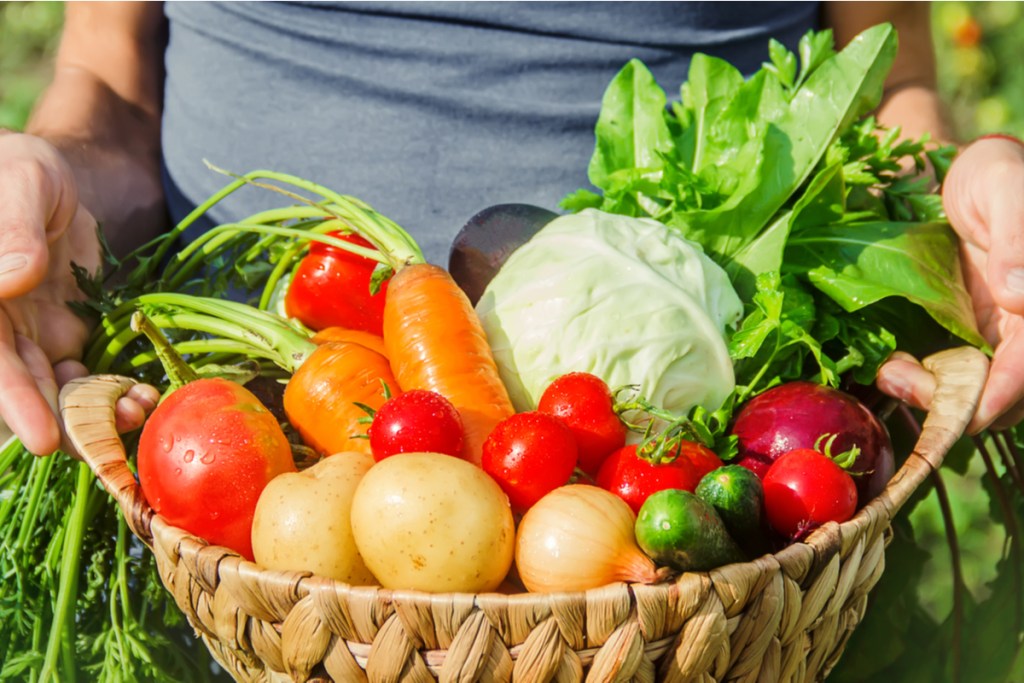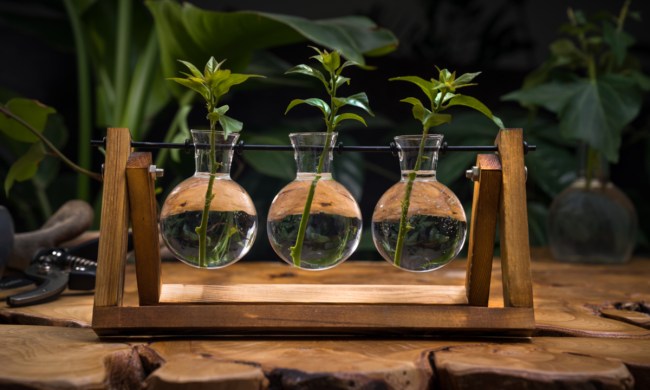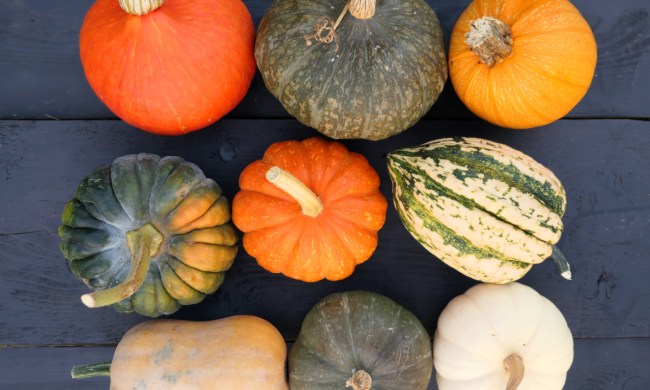When you think of homesteading, you may be envisioning the idyllic lifestyles portrayed in the video game “Stardew Valley” or in Laura Ingalls Wilder’s Little House on the Prairie. These examples showcase a slower pace of life as characters learn how to live without modern luxuries. So, what is homesteading? At the core of homesteading is the desire to be self-sufficient, which can mean everything from growing your own food to making your own tools. Today, many homesteaders also show their love for nature by embracing sustainable alternatives to mass-produced convenience.
Curious about what homesteading entails? Ahead, we break down what it means today and offer tips on how to start a homestead — no matter where you live.

Defining homesteading
Broadly speaking, homesteading is a lifestyle of self-sufficiency. Homesteaders commit to providing for themselves as much as possible. In the more devoted versions of homesteading, people don’t even use money and instead resort to creating and bartering goods. With that said, you can practice the homestead lifestyle even when you live in a suburban or urban area! You don’t have to step aside from a modern life altogether — committing to small acts of self-sufficiency counts. However you practice homesteading, you ultimately learn how to be more creative and curious with your available resources.
Starting a small homestead
If you have some backyard space or land, starting a small homestead may mean picking out some hens and setting up raised beds for vegetables. While not everyone has access to land to raise livestock or grow lots of vegetables, you can definitely still practice homesteading no matter where you live. Below, we’ve gathered a few ways in which you can start your very own small homestead.

Growing your own food
Growing fresh fruits and veggies is an excellent first step for homesteading. You can easily start with just some garden soil and heirloom seeds. Apartment dwellers may prefer smaller kitchen herbs and microgreens in containers, while those with space may opt for fruit trees and raised beds in their backyard. When you grow your own food, you’ll know exactly what went into it, and it’ll taste great as well!
Preserving your food
There are so many different ways to preserve the flavors of your delicious harvest for the long haul. Freezing and canning are some of the easiest ways to get started with preserving your fruits, veggies, and meats. Other means of food preservation include dehydrating, pickling, smoking, fermenting, and more. When you don’t want to create food from scratch, your preserved goods will go great with grains such as oatmeal, rice, and bread for a filling meal.
Developing your crafting skills
Instead of buying new clothes or home goods, consider learning how to work with textiles. Some homesteaders will learn how to spin cloth and weave baskets. If you want to start small, pick up the basics of crafts such as knitting, sewing, and crocheting to get into the habit of making small things from scratch.

Creating compost
Get creative with food scraps by composting them to make nutrient-rich soil — nut shells, eggshells, fruit peels, and coffee grounds all make for good compost. The act of composting cuts down waste that would otherwise sit in landfills, and there are many different ways to go about it. You can use a tumbler, keep a worm bin, or add scraps directly to your soil.
Using renewable energy on the homestead
Some typical sources for energy on a homestead include solar, geothermal, wind, wood, and water power. Many committed homesteaders use an off-grid system, which means that they rely on energy (most often solar) stored in batteries at their home base. This way, homesteaders can also save on electricity bills and be more eco-friendly! Without sufficient battery or energy storage, the downfall with an off-grid solar system is limited to no electricity under cloudy, nighttime, and stormy conditions. Make sure to research the best batteries for your homestead so that you always have running electricity!

Understanding the environmental impact of homesteading
The homesteading lifestyle can help leave a smaller carbon footprint on the environment. Food grown at home, for example, cuts down on transportation — you no longer have to go to the store, where your produce may have already had a long journey from a farm. If you grow your own food, you’ll also have the opportunity to use eco-friendly organic fertilizers and natural pest deterrents.
Homesteaders often waste less while producing more when they reuse and renew available resources to develop creative solutions. While growing crops, many homesteaders collect rainwater for future use, which helps conserve water. And as we mentioned before, many homesteaders take advantage of renewable energy sources such as wind and solar power.
Homesteading can be an intimidating but rewarding endeavor. From growing your own food to creating your own clothes, your efforts to start a small homestead will push you to not only be more creative but also more eco-friendly. As you research this lifestyle, you’ll discover many different ways to be more self-sufficient, no matter if you live on a spacious farm or in a studio apartment.



